This past weekend Jeff Bilsky, Kenny Frisch, and I headed to southern Utah to do a little birding, and possibly take another run at a big day. We ended up scrapping the big day idea rather quickly given a number of birds we had trouble pinning down this year, along with the fact there was no moon at all, and migration was on the slow side in the south. Instead we birded a number of major habitat zones, and tracked down a number of new birds for the year, and lifers for Jeff and Kenny.
Common Grackle in Provo
We left Salt Lake on Thursday evening, stopping in Provo to track down the
COMMON GRACKLES on the corner of Center and Geneva (
eBird checklist)--we had one perched in the pines to the northwest of the intersection. We continued to Skipper Bay (
eBird checklist) where the
NORTHERN WATERTHRUSH was still near the entrance--then birded Utah Lake State Park (
eBird checklist) where nothing out of the ordinary presented itself. As we drove back to the interstate, a pair of
SANDHILL CRANES was flying parallel to us, and as they made their way to pass over the road, I caught one shot form the moving car--love a little luck!
Sandhill Crane taken from a moving vehicle!
Our next stop on the way down was Chicken Creek Reservoir (
eBird checklist) just off I-15 at the Mills/Levan Exit #207. Waterfowl numbers were down dramatically compared to last year on the same weekend, but we still picked up most of the expected species, as well as
GREATER SCAUP, BUFFLEHEAD, and
RING-NECKED DUCK. One of the bigger surprises was
8 BLUE-WINGED TEAL which is one of the larger spring groups I've seen in Utah. Aside from the ducks, a serious scan of the opposite shore provided a few new shorebirds for me in Juab County, including a lone
SANDERLING, 2 BAIRD'S SANDPIPERS, and
SNOWY PLOVER. A handful of
SEMIPALMATED PLOVERS along with both Wilson's and Red-necked Phalarope, rounded out the more interesting shorebirds. A
VIRGINIA'S WARBLER along the road was also a nice find.
Chicken Creek Reservoir at Sunset
We made it to St. George after dark, but skipped out on any additional nocturnal birding and instead headed out to the Beaver Dam Slope to camp for the night. No owls, or poorwills calling this or any of the 3 nights we camped--but
NORTHERN MOCKINGBIRDS were a constant pretty much all night every night. Friday we woke around 6:00am and headed across the slope towards Lytle Ranch. Along the way across the Beaver Dam Slope (
eBird checklist) we had fantastic looks at a
SCOTT'S ORIOLE that fidgeted from bush to bush just off the road.
Scott's Oriole in a Joshua Tree
At Lytle Ranch (
eBird checklist) we were the only birders and scoured the parking area, campground, housing area, and orchard before walking up the wash about a mile past the end of the ranch property. It was definitely not as birdy as past May trips--but about on par with last year. One major difference last year this weekend was the activity in the orchard was phenomenal--this year it was non-existent. We picked up all of the expected species, but migrants were sparse. Directly west of the 2nd pond north from the parking area Jeff spotted a male
VERMILION FLYCATCHER off in the riverbed. We ditched the road and cut across the wash to the river and relocated the bird.
Vermilion Flycatcher at Lytle Ranch
We continued along the creek where there was definitely "more" bird activity, but nothing unusual. Numerous Yellow and Lucy's Warblers, several Black-headed Grosbeaks, Verdin, and the ever present Ash-throated Flycatcher provided most of the birds in this stretch. As the creek met up with the fence-line at the end of the ranch property we heard a
BLUE GROSBEAK singing and finally managed to get some decent looks at it after it flushed across the creek into the open. The stretch of trees in the mile after the ranch property didn't add many species. A Lazuli Bunting on the way up, and a
GRAY FLYCATCHER on the way back down. The highlight was when Jeff and Kenny spotted a soaring
GOLDEN EAGLE--that just so happened to be accompanied by my favorite Utah raptor--a
COMMON BLACK-HAWK.
Common Black-Hawk in the Beaver Dam Wash
The walk back down was mostly uneventful--in the orchard we snagged a
WESTERN WOOD-PEWEE, and back near the housing area we got great looks at
SUMMER TANAGER and
BROWN-CRESTED FLYCATCHER. The feeders at the campground had 4 species of hummingbird, including
ANNA'S, COSTA'S, BROAD-TAILED, and majority Black-chinned. Other Lytle Ranch tidbits--the ranch caretaker Eriberto has a new dog, a 2 month old Chocolate Lab puppy name "Choco". Butterflies were out in force, mostly Desert Swallowtails, and a few Common Buckeye. And the Flame Skimmers (dragonflies) were busy along the creeks, which were full of fish, tadpoles, and several Spadefoot Toads.
Flame Skimmer on Beaver Dam Creek
We made a few stops as we headed across the slope, back through St. George, and to Zion National Park (
eBird checklist), but didn't spend too much time as we had a few targets to find in the park. On the drive across there were a few isolated patches of rain--it cooled things down a bit, which was nice, plus by the time we got to Zion late in the afternoon most of the crowds had subsided. The bus ride up canyon was quick and there were very few people wandering around the Temple of Sinawava. We hoped to relocate the Painted Redstart I saw last month that has been a constant in the area for birders this spring (and most years). We spent almost 90 minutes traversing the road and hillside above the parking area, but never heard or saw the rare warbler. We did however get pretty much every other possible species you can get in the canyon, including Yellow, Lucy's, Yellow-rumped,
BLACK-THROATED GRAY, and
VIRGINIA'S WARBLER, BUSHTITS, PLUMBEOUS VIREO, WARBLING VIREO, Blue-gray Gnatcatcher, Hairy Woodpecker, and House Wren.
Zion Canyon from Refrigerator Canyon at Dusk
We headed back down canyon for our next target, getting off at the Angel's Landing Trailhead, we hiked the 2 miles to Refrigerator Canyon to look for Spotted Owl which have been present here the last few years. The birding along the way produced similar species to what we had at the Temple of Sinawava. Once in Refrigerator Canyon we played the waiting game--hoping that after it got dark we might hear one belting out its marvelous tune. The chattering of White-throated Swifts overhead, was accompanied by a
CANYON WREN that kept singing just above us on the trail.
LAZULI BUNTINGS could be heard buzzing from time to time, and both
CHIPPING SPARROW and
PINE SISKIN moved through while we were there. After the sun set the
HERMIT THRUSHES started belting out their songs, adding to the interesting mix of sounds in the narrow side canyon. It wasn't long after sundown that we all froze as a series of notes were belted out from the cliffs above us--
WHOOO, HOO, HOO, HOO, HOO, HOO, HOO, HOO, HOO, HOO, HOOA! It was the
SPOTTED OWL!
We decided to see if we could record the call and flipped on video on our cameras, waiting. Nothing happened. We decided to walk through the canyon and see if we could find the bird, hopefully perched out on a cliff or tree now. We didn't get far when I looked up and saw the bird perched on a rock outcrop--success, and a lifer for Jeff and Kenny.
Spotted Owl in Refrigerator Canyon
While we watched the owl, it would occasionally start calling--and awesome and eerie sound so close. After a bit the bird took flight and we watched it glide and land on a tree further up the canyon, even higher than before. Here we watched and listened while it called some more. Then the coolest thing happened, when another
SPOTTED OWL came flying in and landed on the tree right next to the other owl, with what looked to be a large rodent in its beak. Eventually one of the birds flew off with the food, although I wasn't sure if it was the same one, or the bird that was sitting there originally.
After watching them for a bit we decided to head down the trail to get back to the bus stop before the last bus--I usually check but figured the last bus was sometime after 10pm. In Refrigerator Canyon it was no surprise that I could see my breath in my headlamp beam--it was chilly. But as soon as we emerged to the switchbacks on the open slope things warmed right back up. We walked at a moderate pace but didn't hear any nocturnal birds on the way back. Several Arizona Toads had come out onto the path though and we stopped to admire a couple.
Arizona Toads like this dot the trails after dark in Zion
As we made our way down, I never saw a bus going up or down canyon so I was a little worried that we might have missed the bus. As we got to the parking lot I saw a handful of headlamps from other hikers, so figured we were okay. Sure enough we made it 10 minutes before the last bus was heading down canyon. Two people could be seen, headlamps bobbing as they ran along the trail to catch the bus. Lesson learned for the future--always check the bus schedule just in case! The drive back to the visitors center went quick and we were soon in the car headed back across the desert. We stopped to get some food then checked out a couple marshes and ponds, but surprisingly missed every nocturnal marsh dwelling bird we were looking for. So back to the slope for another night sleeping in the desert--again the mockingbirds provided the nocturnal chorus.
We slept in Saturday morning... We hiked about 10 miles on Friday and saw some great birds--but I was more interested in some relaxed birding this day. We eventually packed up camp and rolled back to Lytle Ranch (
eBird checklist)--seeing both
YELLOW and BLACK-THROATED GRAY WARBLER on the slope. At the ranch there were already 3 cars there, but we never saw the other birders. We didn't spend as much time this go around, only checking the lower stretches of the property, not going past the orchard. 2
WILD TURKEYS were running from the orchard back towards the creek when we got there.
Summer Tanager at Lytle Ranch
The birding was basically the same, but with fewer species because we didn't cover the ground we did on Friday. We added
GREEN-TAILED TOWHEE and
MACGILLIVRAY'S WARBLER before finally heading out. We stopped on Utah Hill (
eBird checklist) and picked up
GRAY VIREO and
BLACK-CHINNED SPARROW for the weekend. We never had Cassin's Kingbird, or Juniper Titmouse however, which were two big misses. We skipped most of the places in town and headed straight back to Virgin, to head up to Kolob Terrace and Lava Point. Stopping at the pond on Lower Kolob Road (
eBird checklist) we got great looks at a
BLUE GROSBEAK and good recording of a singing
YELLOW-BREASTED CHAT.
Blue Grosbeak along the lower Kolob Terrace Road
On Kolob Terrace (
eBird checklist) the birding was as usual--excellent. We cleaned up on the mountain birds, getting Red-breasted Sapsucker, and both Hairy & Downy Woodpecker right off the bat.
RED CROSSBILLS, VIOLET-GREEN SWALLOWS, and DUSKY FLYCATCHER were all easy adds. We saw at least a half dozen
LEWIS'S WOODPECKERS in various locations.
2 WILLIAMSON'S SAPSUCKERS on the road to Lava Point were a new county bird for me. The most exciting moment of the afternoon came when we were driving and what looked like a Golden Eagle through the trees banked, showing it was actually a
CALIFORNIA CONDOR, a lifer for Kenny. By the time we got out of the car the bird was flying away and the only pictures I managed were crap--
which is okay since I have a pretty good set from the summer I worked down there :)
Kolob Terrace taken from Lava Point
We spent some time relaxing at Kolob Falls crossing, hoping one of the beasts would come soaring by--no luck, but there were plenty of the very common
TURKEY VULTURES. Further up the road we were stunned to hear
3 SORAS calling like crazy form a marshy field--and surprised again when we spotted two
BLUE-WINGED TEAL in a small pond near the reservoir. At Kolob Reservoir (
eBird checklist) there were hundreds of grebes, while waterfowl numbers were down. A
COMMON LOON was still hanging out in the middle of the reservoir as well. Coming back down the road we joked about how many times we have tried to get Jeff
ACORN WOODPECKER here and been unsuccessful. It must have been an omen, because we spotted one up in a tree just then--bringing Jeff's grand total to two Acorn's in Utah in two months--with 0 in the previous 5 years.
Acorn Woodpecker on the Kolob Terrace
We headed out of the mountains, but not before stopping to add a very accommodating pair of
GRACE'S WARBLERS to the trip list. The only major misses in the mountains were Pygmy Nuthatch and Clark's Nutcracker.
Cooperative Grace's Warbler on Kolob Terrace Road
Back in the desert we stopped in Hurricane to look for a few birds--namely Inca Doves which we missed. We did however get excellent looks at
HOODED ORIOLE.
A stunning Hooded Oriole in Hurricane
We headed into St. George and enjoyed some delicious Mexican "cuisine" at Irmita's on St. George Boulevard. It's cheap and tasty--I highly recommend the Molita with Carne Asada. After filling our tanks, we went over to Springs Pond and Seegmiller Marsh (
eBird checklist), where an
ABERT'S TOWHEE was the only of the trip, as was a lone
LESSER NIGHTHAWK that came out just at sunset. We spent 15 minutes watching the fields after dark but no more were seen. And again we rallied back across the desert to our camp on the Beaver Dam Slope. This night we relaxed, and talked about some of the great birding we'd had thus far the weekend--and how the Sunday drive home wouldn't be a stressful race to 200 species on a big day--but a leisurely trip stopping to enjoy spring migration when and for as long as we wanted.
Kenny (left), and Jeff scanning SR-9 Marsh for Gallinules
Sunday morning we followed the same routine as the previous 2 days, and headed across the slope towards the ranch (
eBird checklist). Sunday like Friday found us alone birding. And like Saturday the birding was slower than normal. Several
YELLOW-BREASTED CHATS were working the shrubs near the parking area, and the
SUMMER TANAGERS were busy singing from the tree tops over the housing area. The best bird of the morning was a male
EVENING GROSBEAK that flew in from the west and landed in the parking area.
Evening Grosbeak at Lytle Ranch
After the ranch we slowly drove over Utah Hill (
eBird checklist) checking several spots for Cassin’s Kingbird unsuccessfully. We did pick up a second
SCOTT’S ORIOLE for the trip, and added
CHUKAR on the north slope going towards Shivwits. We headed into St. George and made a quick stop at Tawa Ponds (
eBird checklist) along Snow Canyon Parkway and added the continuing
ROSS’S GOOSE--basically domesticated at this point having spent the last 2 winters and springs here
(not sure about summer and fall).
Ross's Goose at Tawa Ponds
While there a
GREATER ROADRUNNER took off across the lawn nearby with a lizard in his mouth. Jeff hopped out to go take a picture and caught a great image of the bird silhouetted with the lizard dangling from his mouth. The best shot I got was of the bird bolting across the lawn...
Greater Roadrunner with a lizard in its beak at Tawa Ponds
We swung into town and checked out Skyline Pond (
eBird checklist) where a
NEOTROPIC CORMORANT was hanging out. It provided excellent looks and allowed for very close approach while preening on a perch in the water. After taking some pictures we were on our way.
Neotropic Cormorant up close at Skyline Pond
We made a side trip through Leeds to see if we might scare something up on our way out of town, but added nothing new. From here it was back on the highway and we headed north. Once we got to Scipio we took the side roads out to Yuba Lake State Park (
eBird checklist) picking up
VESPER SPARROW, SAGE THRASHER, and HORNED LARK for the trip. In the Junipers approaching the lake we didn’t add any new birds but had
BEWICK’S WREN, PLUMBEOUS VIREO, BLUE-GRAY GNATCATCHER, ROCK WREN, and LAZULI BUNTING among others.
Common Loon at Yuba Lake State Park
At the reservoir we got great looks at a
COMMON LOON within 50’ of the dam. On the water were large rafts of
EARED GREBES mixed with WESTERN GREBES, and California, Ring-billed, and Franklin’s Gulls. We checked the campground for migrants but it was pretty dead, so we continued on to Chicken Creek Reservoir (
eBird checklist) for our last stop of the trip. We had similar birds here as we did Thursday night with the exception of several shorebirds. We made up for it with a single
BONAPARTE’S GULL out on the opposite shore.
Yellow-headed Blackbird at Chicken Creek Reservoir
At trips end we tallied 183 species.in 72 hours at just over 1,000 miles in the car--I added another 9 on Thursday before we left for 192 on my weekend.
Last year we had 179 species on our Big Day, and
193 on the weekend. Although we didn’t make a run at the Big Day record this year we learned more, and might have a new plan to put into action in the future. Big Days are stressful, and although they come with some amount of “
personal glory”, they aren’t as much fun as a good weekend of birding--
and it was another great weekend of birding.Labels: big day, Juab County, life birds, listing, trip reports, washington county
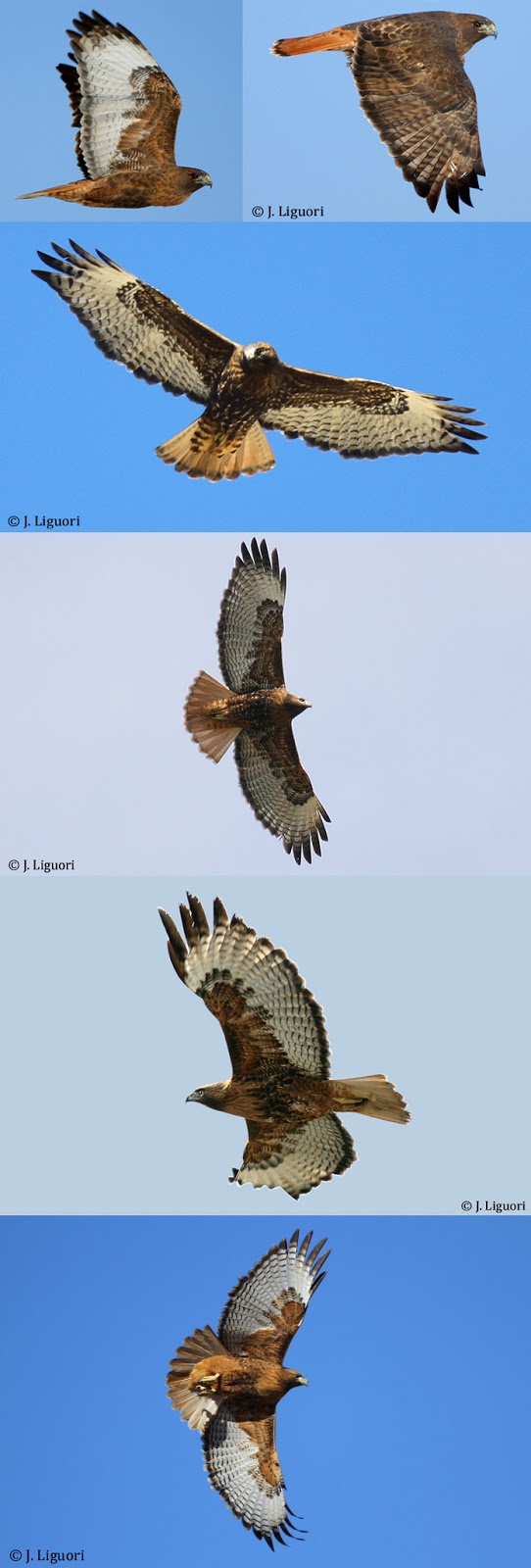
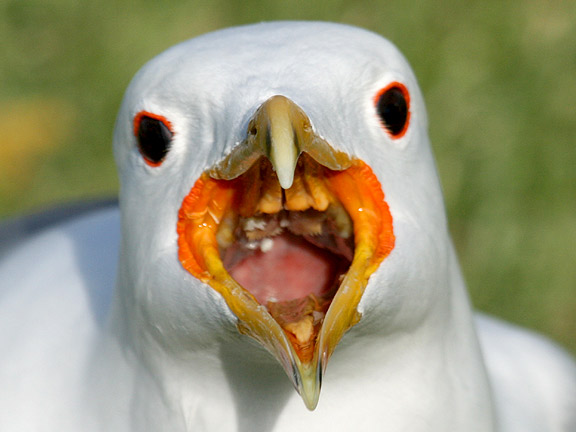

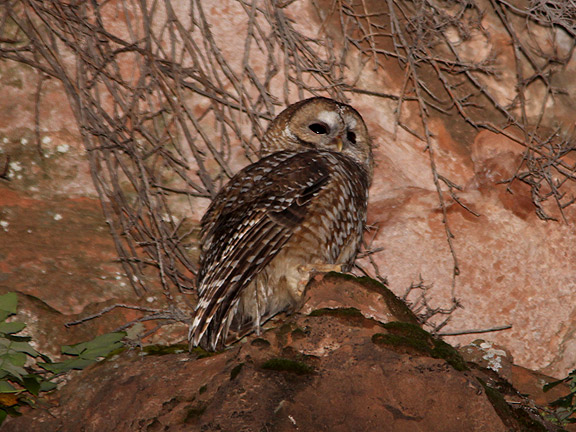
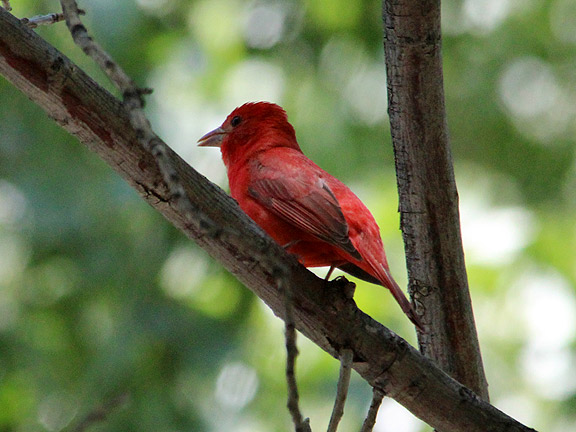

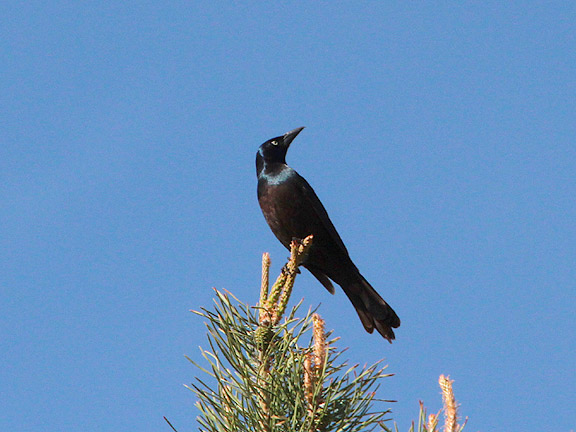

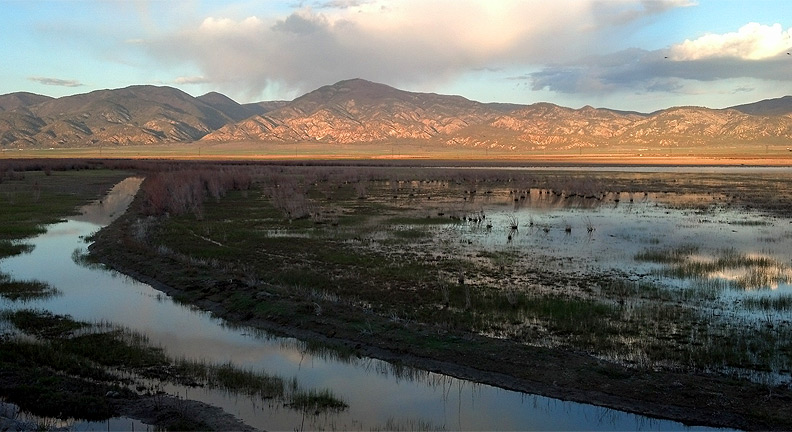
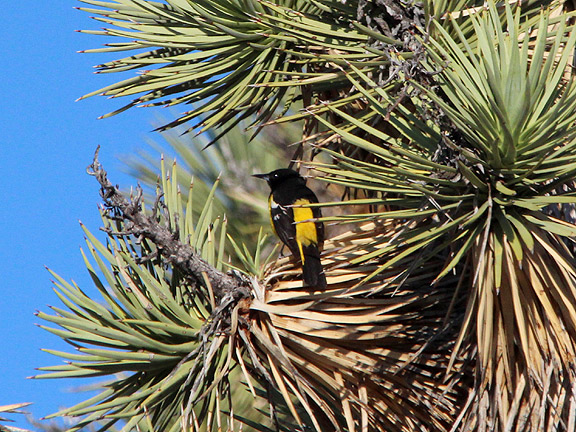
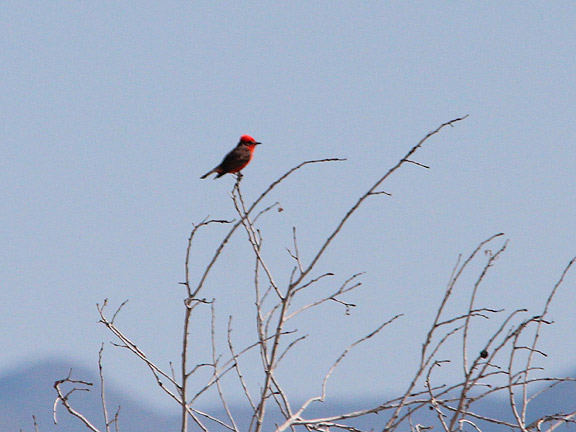


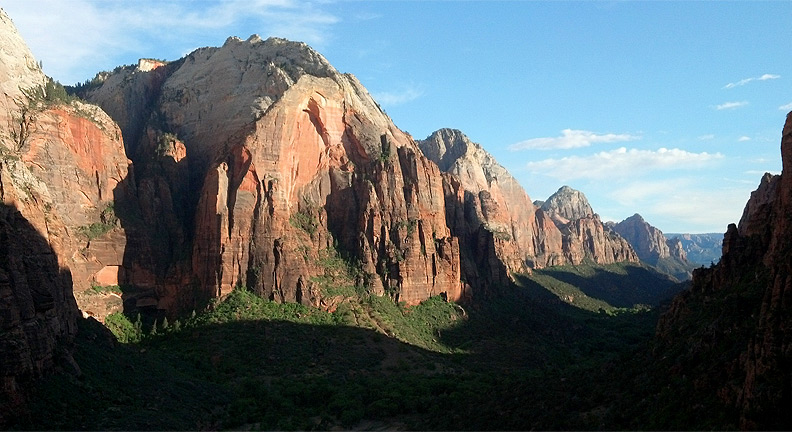






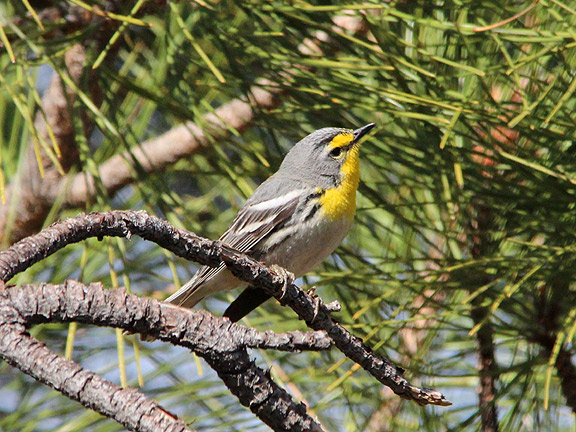


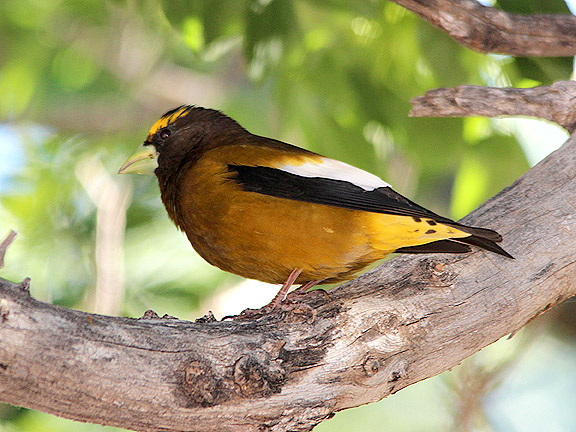
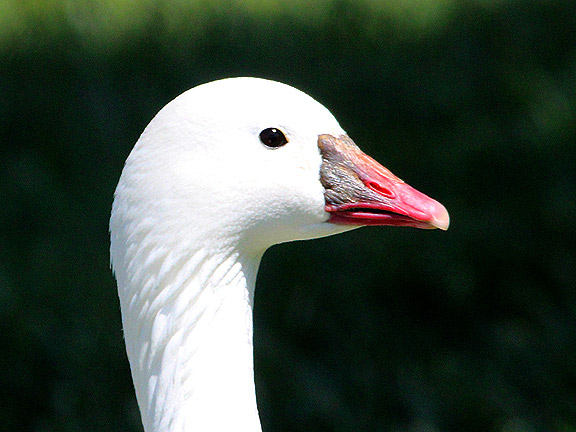
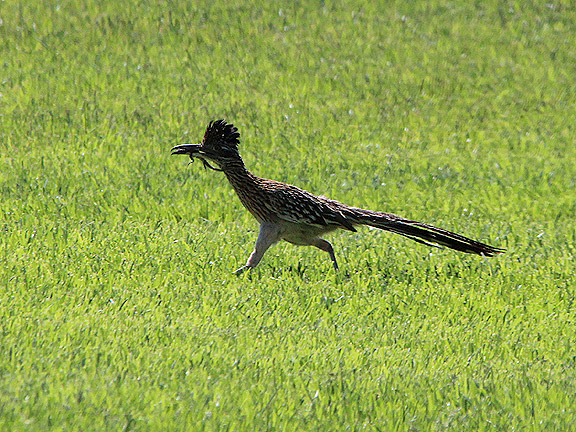
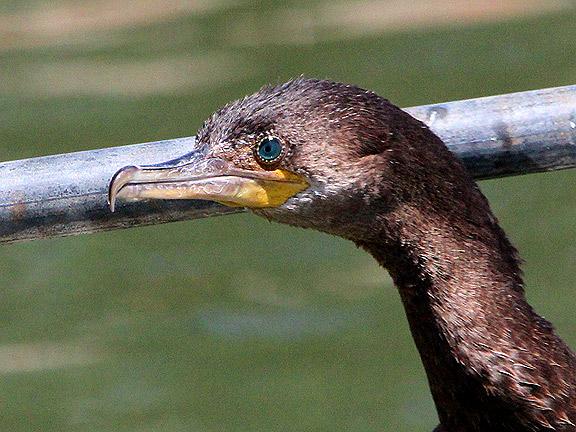
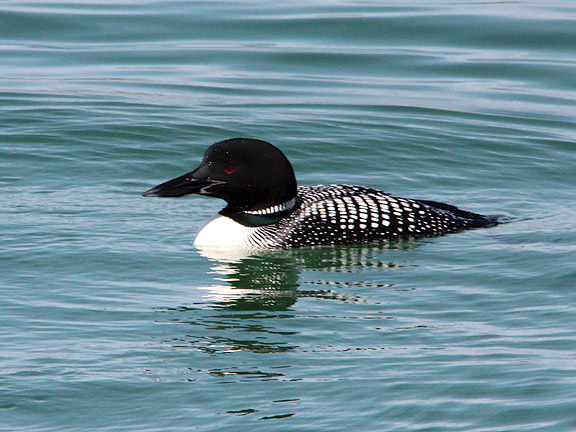

+3.jpg)






